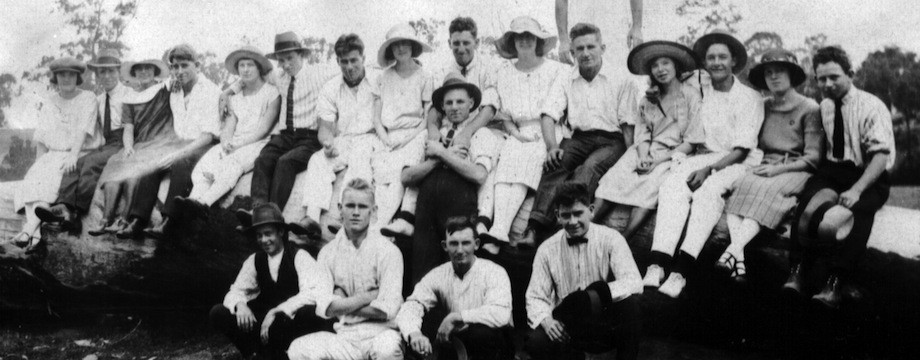In 1793 Russia joined a European coalition against revolutionary France, and Admiral Chichagov’s Baltic Fleet was ordered to the Danish coast. Chichagov detached nine ships of the line and three frigates under Admiral Alexander Kruse for a two-week expedition to the North Sea.From 1795-1797 Vice-Admiral Pyotr Kha-nykov’s squadron operated in conjunction with the British in the North Sea.
Vice-Admiral Mikhail Makarov commanded fourteen ships of the line and four frigates, with a crew of 9,000 men and his vessels were stationed in British ports, awaiting orders to blockade the Dutch coast. During the Dutch Campaign of 1799 Russian seamen, together with the British, staged a large-scale landing. The Dutch fleet was defeated off Teksel Island in an attack led by the British fleet of Admiral Mitchel and the Russian ships of the line Europe, Mstislav and Retvisan. The Dutch surrendered without a fight, and the Russians seized the 72-gun ship Washington and the 44-gun Beskermer. The Dutch campaign lasted until the autumn of 1800, at which time part of the fleet was sent from the North Sea to the Mediterranean, where most of the events of the war were taking place.
Shortly before the death of Paul I, however, relations with Great Britain worsened. In response to the British annexation of Malta and the hostile attitude of the British fleet toward foreign merchant ships, Paul I issued a new “Armed Neutrality,” the signatories of which included Russia, Prussia, Denmark and Sweden. Great Britain responded with an incursion into the Baltic, led by Admiral Parker’s powerful fleet. Having crushed the Danish fleet in 1801 at the Battle of Copenhagen and, after issuing stern warnings to Sweden, the British now planned to annihilate the Russian fleet at Revel. Vice-Admiral Nelson, Parker’s successor, hastened the English fleet into the Finnish Gulf. Since the Russian fleet had already returned to Kronstadt, and Russia’s new Emperor, Alexander I, was not about to wage war with Great Britain, the British action proved pointless. Alexander, in fact, considered it to be in Russia’s best interests to conclude an agreement with England, one that radically differed from the Declaration of Armed Neutrality of his grandmother Catherine II. The consequent accord permitted the inspection of cargo on board the ships of neutral nations; in addition, England and Russia declared their right to demand a ship’s papers and even seize and detain a ship with or without provocation. Under duress, Sweden and Denmark also signed the agreement. From 1804 to 1807 friendlier relations with Great Britain allowed Russia to concentrate its forces in the Mediterranean against the French and Turks. However, the Tilsit Treaty of 1807 again brought Russia to war with Britain, and Sweden, now allied with Great Britain, joined the war against Russia.
On 27 October 1807, the Russian frigate Speshny [Quick] and transport Wilgelmina were seized by the British in Portsmouth. On route from the Mediterranean, Admiral Senyavin himself, was caught by a storm and on 30 October sought shelter at Lisbon, where he was blocked by the British squadron of Admiral Cotton. When Lisbon was thereupon taken by British forces, Senyavin found himself trapped. The beleaguered officer agreed to anchor his ships in Portsmouth until the end of the war.
In 1808 Russia’s army entered Finland. Russian imperial forces made a landing on the Swedish island of Gotland, and war in the Baltic began. On 26 April, Sveaborg surrendered, and the Russians seized 2,023 guns and 110 vessels from the Swedish fleet. The war quickly escalated. In early summer, the gunboat units of Lieutenant Dmitry Myakinin and Captain Mikhail Selivanov fended off Swedish attacks in the Abo Skerries. In July the detachments of Captain Login Geiden and Lieutenant-Commander Pyotr Dodt defeated the Swedes in the Battle of Komito Island and in the Rilaks Fjord.
At sea, however, the allied Swedish-British Fleet held the upper hand. On 11 July 1808, the British 44-gun Salset overtook Lieutenant Gavril Nevelskoy’s small ship Opyt [Experiment] off Nargen Island. Nevelskoy surrendered only after losing thirteen crew members and all the ship’s guns.
In August of 1808, Admiral Pyotr Khanykov’s fleet, sent from Kronstadt, met the Swedish-British fleet of Admiral Cederstrom at the mouth of the Finnish Gulf. Fearing excessive casualties, Khanykov attempted to avoid engaging the enemy, but to no avail. The 74-gun Vsevolod was run aground and attacked at Little Rogge Island by two 74-gun English warships, the Implacable and the Centaur, both commanded by Rear Admiral Samuel Hood. After losing 62 sailors, the British captured the Vsevolod, looted it and set it afire. For the forfeit of his ship Admiral Khanykov was court-martialed, but demoted to seaman’s status for only one month out of respect for his former achievements.
Fortunately for Russia, the outcome of the war was decided on land. The successes of the tsar’s army resulted in the Friedrichsham Treaty (1809), which ceded both Finland and the Aland Islands to Russia. From 1812 to 1814 the Marine Guards distinguished themselves abroad in addition to serving the Tsar’s family. In 1814, having played an important role in the defeat of Napoleon, they were among the first troops to enter Paris and were given a victor’s welcome upon their return to Russia.

